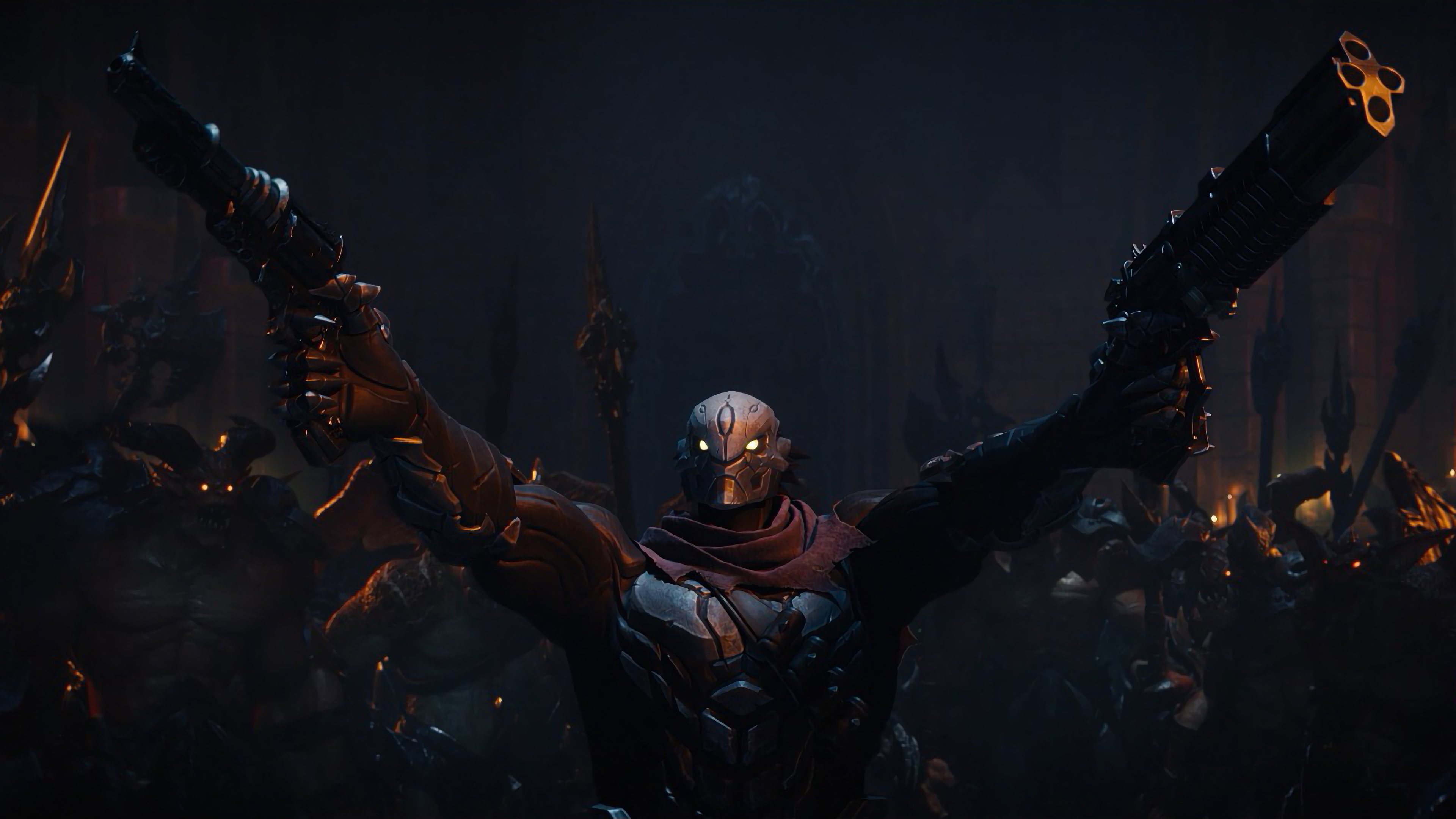
The Force Hollow was designed to be both a traversal mechanic and the heaviest of attacks. We leaned into synths and magnetic earthy elements, and even dry noodles to bring this hollow to life.

Ice and glass were used as the foundation sources with some chimes sprinkled in for good measure. The Stasis Hollow had a few iterations as we wanted to try staying with what stasis was supposed to represent, slowing or stopping, so we took the approach of “freezing” space and time. The Flame and Storm Hollows were kept straightforward using traditional fire and electricity sources and sound designed to our liking. KB: For the most part Fury’s abilities are based on real-world elements. How did you differentiate the sound design of these powers? The flails were sharp and agile the sword a little slower to move but just as deadly and could slow enemies, while the spear was imbued with the massive power of storms.Īs the story progresses, Fury is bestowed with abilities given by the Lord of the Hollows. The bladed whip held together by magic is very fluid in its movement the hammer on the other hand is slow, massive and powerful. Her weapons (bladed whip, flails, hammer and others) all revolve around magic and her hollows were designed with these pillars in mind. Armor still had to sound like it protected her but not so heavy that it would keep her from moving about as quickly as she does. She is just as formidable as her brothers War, Death and Strife… though, extra credit for slaying all her foes in heels. KB: From the onset we knew we wouldn’t treat Fury any differently from the other Horsemen just because she was a female protagonist. What was your approach in designing her Foley?

L-R: Matt Skidmore, Jeremy Robins, Kenneth Bassham, and Tom Schmidtįury is a fantastic protagonist, and while she has many similarities to her Horsemen brothers, she brandishes a bladed whip, metal armor, heels, and some powerful flames. Having worked on the previous two installments under some great mentors, it was exhilarating to be given the trust by Jeremy Robins (Audio Director) and the leadership at Gunfire Games to shape the audio from the beginning for Fury and her journey. In that way Darksiders III was kind of a homecoming for me. In contrast, Darksiders III was a new project, new protagonist, new abilities, new engine and needed to fit perfectly into an established IP that we started so long ago. I was more focused on tool improvements, optimizations, and of course asset creation and outsourcing for an immense project. KB: When I started as Audio Lead on Star Wars: The Old Republic, the game was post-ship and in content creation mode. How did leading the audio in this project compare to the titles you led while at BioWare? We were also excited to have the talented group at Team Audio jump on the ride with us for Darksiders III as we started down the final stretch of game development. Clark Crawford, one of our great outsource partners, has contributed to every installment of the Darksiders series. This was the case with our outsourcing partners as well. It was an awesome mix of old guard and new blood. Fun Fact: Mathew Guzenda, our studio director and fellow Vigil alum, also jumped in and helped with audio editing and keyframing when he had the bandwidth. For the other two guys, Matt Skidmore and Tom Schmidt, Darksiders III was their first foray into the franchise. Kenneth Bassham (KB): Of the current sound team at Gunfire Games both Jeremy Robins and I worked on Darksiders I, Darksiders II and now Darksiders III.

Did anyone on the current sound team work on the previous games? Aircraft – Jet/Propeller Plane Sound Effectsĭarksiders III was released six years after Darksiders II and after a transition in studios, though production stayed in Austin, TX.


 0 kommentar(er)
0 kommentar(er)
